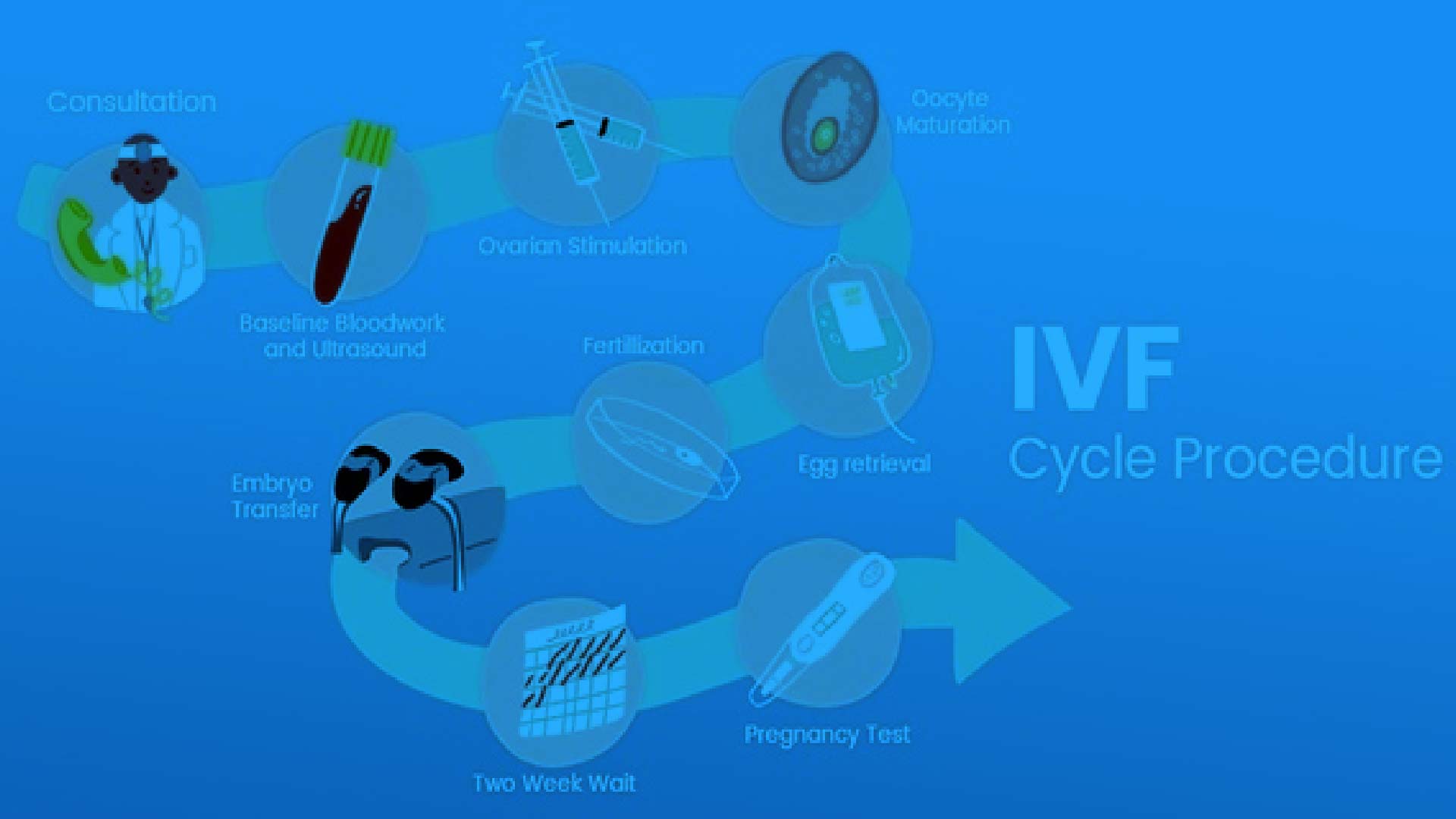Endometrial preparation for in vitro oocyte maturation: Early use of estrogen increases endometrial tissue and requires lower daily dosage A cross over trial in mock cycles
Mar 7, 2021 , Medevista OfficialIn vitro fertilization (IVF) and embryo transfer are an established and successful form of treatment for infertility, with continuously improving cumulative pregnancy rates reaching 57.8% before age of 40, after 3 cycles of IVF (1). However, high success rates with IVF are achieved at the risk of 2 major complications, namely, multiple pregnancy and ovarian hyperstimulation syndrome (OHSS). All assisted conception techniques are associated with an increase in the rate of multiple pregnancies because several embryos must be transferred to achieve high pregnancy rates. Moreover, to have several embryos available for transfer, ovarian stimulation is required, which places the patient at risk for the development of OHSS. Although there are many strategies to prevent and predict OHSS, none is universally successful. The only way to prevent OHSS reliably would be to avoid stimulating the ovaries. Because stimulated ovaries are not necessary for treatment by in vitro maturation (IVM) of immature oocytes, this technique has received increased attention in recent years.
0 comments

Endometrial preparation for in vitro oocyte maturation: Early use of estrogen increases endometrial tissue and requires lower daily dosage A cross over trial in mock cycles
Mar 7, 2021 , Medevista OfficialIn vitro fertilization (IVF) and embryo transfer are an established and successful form of treatment for infertility, with continuously improving cumulative pregnancy rates reaching 57.8% before age of 40, after 3 cycles of IVF (1). However, high success rates with IVF are achieved at the risk of 2 major complications, namely, multiple pregnancy and ovarian hyperstimulation syndrome (OHSS). All assisted conception techniques are associated with an increase in the rate of multiple pregnancies because several embryos must be transferred to achieve high pregnancy rates. Moreover, to have several embryos available for transfer, ovarian stimulation is required, which places the patient at risk for the development of OHSS. Although there are many strategies to prevent and predict OHSS, none is universally successful. The only way to prevent OHSS reliably would be to avoid stimulating the ovaries. Because stimulated ovaries are not necessary for treatment by in vitro maturation (IVM) of immature oocytes, this technique has received increased attention in recent years.
